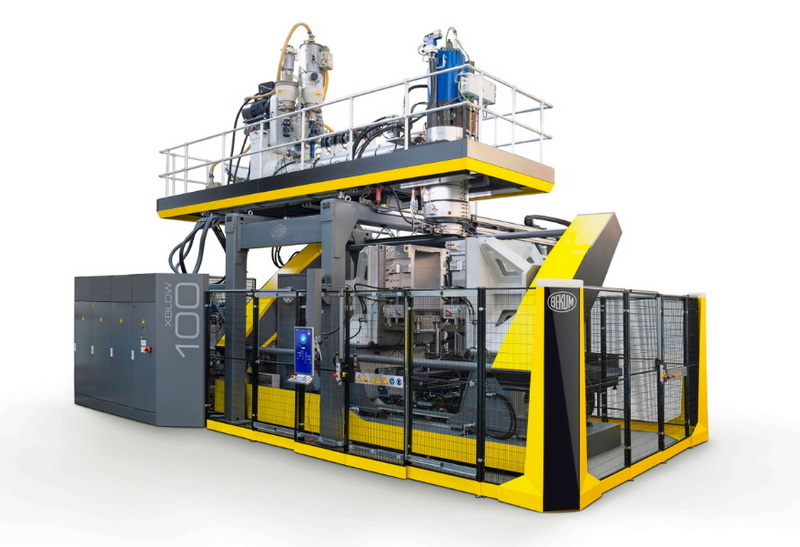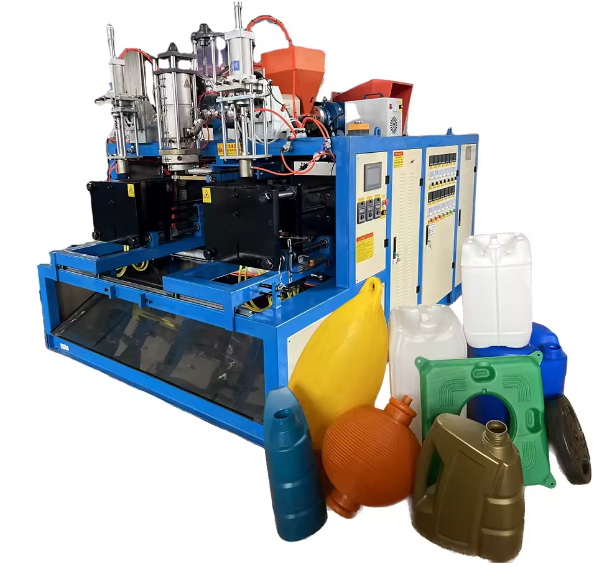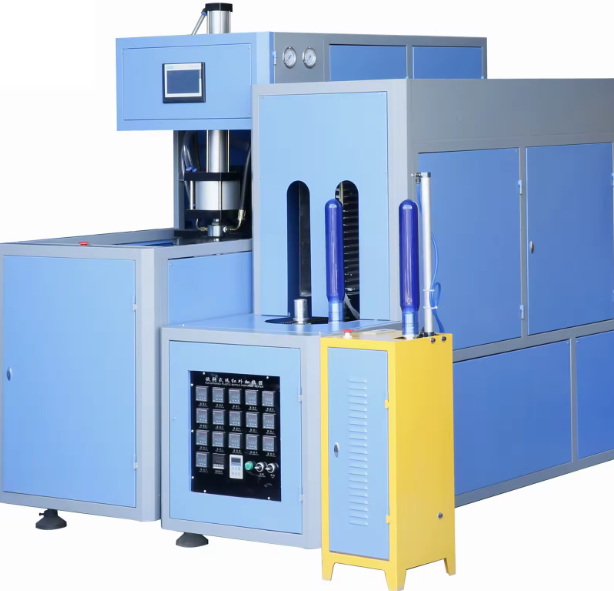Content Menu
● Introduction to Extrusion Food Machinery
>> Key Components of Extrusion Food Machinery
● Latest Trends in Extrusion Food Machinery
>> Technological Advancements
>> Market Growth and Expansion
>> Innovative Applications
● Challenges and Future Prospects
>> Sustainable Practices
>> Future Innovations
>> Impact of Digitalization
● Case Studies: Successful Implementations
● Conclusion
● FAQ
>> 1. What are the main components of extrusion food machinery?
>> 2. How does extrusion food machinery work?
>> 3. What types of products can be made with extrusion food machinery?
>> 4. What are the benefits of using extrusion food machinery?
>> 5. What are the latest trends in extrusion food machinery?
The extrusion food machinery industry has experienced significant advancements in recent years, driven by technological innovations, changing consumer preferences, and the increasing demand for processed and convenient foods. This article will delve into the latest trends shaping the extrusion food machinery sector, including technological advancements, market growth, and innovative applications.

Introduction to Extrusion Food Machinery
Extrusion food machinery is a critical component in modern food processing, enabling the production of a wide range of products such as snacks, cereals, pasta, and textured vegetable protein (TVP). The process involves forcing a mixture of ingredients through a die to achieve the desired shape and texture. This technology offers high efficiency, uniformity, and versatility in product creation.
Key Components of Extrusion Food Machinery
1. Feed System: Ensures consistent feeding of raw materials into the extruder.
2. Extruder Barrel: Where mixing, heating, and shearing of ingredients occur.
3. Screw(s): Convey and knead ingredients, affecting the final product's texture and shape.
4. Die: Shapes the extrudate into the desired form.
5. Cutter: Cuts the extruded product to the required length.
The extrusion process can be illustrated as follows:
- Raw materials are fed into the extruder.
- The materials are mixed, heated, and sheared within the extruder barrel.
- The mixture is then forced through a die to achieve the desired shape.
- Finally, the extruded product is cut to the required length.

Latest Trends in Extrusion Food Machinery
Technological Advancements
Technological advancements are a key driver in the evolution of extrusion food machinery. Innovations such as all-in-one forming systems and electrically heated twin-screw extruders are enhancing production efficiency and product quality.
- All-in-One Forming Systems: These systems integrate multiple processes like shaping, cutting, and molding into a single machine, streamlining manufacturing. For example, Handtmann Inc.'s FS 525 system features advanced technology for precise portioning and forming, ensuring high product quality and uniformity. It includes a co-extrusion function for producing filled products, which is crucial in meat, vegetarian, and confectionery sectors.
Handtmann's technology is particularly notable for its ability to handle complex formulations and maintain consistency across large production volumes. This capability is essential for meeting the demands of modern food manufacturing, where product variety and customization are increasingly important.
- Electrically Heated Twin-Screw Extruders: These are versatile and widely used in processing various materials. Brabender's Big Compounder B-TSE-S 30/40 is an example, offering high throughput and a compact design suitable for both large-scale and pilot facilities. The electric heating system provides precise temperature control, which is critical for achieving consistent product quality.
Market Growth and Expansion
The food extrusion market is expected to grow significantly, driven by increasing demand for processed and convenience foods. The market size is projected to reach $137.95 billion by 2029, with a compound annual growth rate (CAGR) of 9% from 2025 to 2029.
- Rising Demand for Processed Foods: Changes in lifestyle and increased disposable income have elevated the demand for ready-to-eat foods, which saves time and effort for consumers. For instance, India's processed food exports reached $21.5 billion from April 2021 to February 2022. This growth reflects a broader trend across emerging markets, where urbanization and changing dietary habits are driving demand for convenient food options.
Innovative Applications
Extrusion technology is being increasingly applied in innovative ways, particularly in the production of plant-based and alternative protein products.
- Plant-Based Foods: The growing adoption of vegan diets is driving the demand for plant-based foods, which can be efficiently produced using extrusion technology. Examples include meat alternatives, snacks, cereals, and pasta. Companies like Beyond Meat and Impossible Foods have leveraged extrusion to create plant-based meat alternatives that mimic the taste and texture of real meat.
- Alternative Protein Sources: Extrusion is also used to process alternative protein sources like insects, algae, and fungi. These products offer sustainable and nutritious options for consumers. For example, insect-based protein powders can be produced through extrusion, providing a high-protein ingredient for various food applications.
Challenges and Future Prospects
Despite the advancements, the industry faces challenges such as stringent food safety regulations and the need for sustainable practices. However, innovations in extrusion technology are poised to address these challenges by enhancing efficiency and reducing environmental impact.
Sustainable Practices
Companies are focusing on sustainable and eco-friendly practices in extrusion food machinery. This includes energy-efficient designs and the use of renewable materials in production processes. For example, some manufacturers are integrating solar panels into their facilities to reduce carbon footprint. Additionally, the use of biodegradable packaging materials is becoming more prevalent, aligning with consumer preferences for environmentally friendly products.
Future Innovations
Future innovations are expected to focus on smart technologies and AI-driven processing systems, which will further enhance production efficiency and product quality. The integration of IoT (Internet of Things) technology can monitor and optimize production in real-time, reducing waste and improving yield. Predictive maintenance enabled by AI can also minimize downtime, ensuring continuous production and maximizing resource utilization.
Impact of Digitalization
Digitalization is transforming the extrusion food machinery sector by enabling remote monitoring, predictive maintenance, and data-driven decision-making. This not only improves operational efficiency but also enhances product consistency and safety. Digital platforms can also facilitate collaboration between manufacturers and suppliers, streamlining supply chain management and ensuring timely delivery of raw materials.
Case Studies: Successful Implementations
Several companies have successfully implemented advanced extrusion technologies to improve their operations:
- Case Study: Kellogg's Cereal Production: Kellogg's has utilized extrusion technology to produce a variety of cereals with consistent quality and texture. Their use of advanced extruders has allowed for increased production capacity while maintaining product uniformity. This is particularly important in the cereal market, where consumers expect consistent taste and texture across different product lines.
- Case Study: Beyond Meat's Plant-Based Products: Beyond Meat uses extrusion technology to create plant-based meat alternatives that mimic the taste and texture of real meat. Their innovative approach has disrupted the traditional meat industry by offering consumers a sustainable and healthier alternative. Beyond Meat's success demonstrates the potential of extrusion technology to transform traditional food categories and meet evolving consumer demands.
Conclusion
The extrusion food machinery sector is experiencing rapid growth and transformation, driven by technological advancements, market expansion, and innovative applications. As consumer preferences continue to evolve, the industry is poised to adapt with more sustainable and efficient solutions.

FAQ
1. What are the main components of extrusion food machinery?
The main components include the feed system, extruder barrel, screw(s), die, and cutter. Each plays a crucial role in the extrusion process.
2. How does extrusion food machinery work?
Extrusion food machinery works by feeding raw materials into the extruder, where they are mixed, heated, and sheared. The material is then forced through a die to achieve the desired shape and cut to length.
3. What types of products can be made with extrusion food machinery?
Extrusion food machinery can produce a variety of products, including snacks, cereals, pasta, pet food, and textured vegetable protein (TVP).
4. What are the benefits of using extrusion food machinery?
The benefits include high production efficiency, uniform product quality, and versatility in creating different shapes and textures. It also enables precise control over processing parameters.
5. What are the latest trends in extrusion food machinery?
The latest trends include technological advancements such as all-in-one forming systems and electrically heated twin-screw extruders, market growth driven by demand for processed foods, and innovative applications in plant-based products.






















